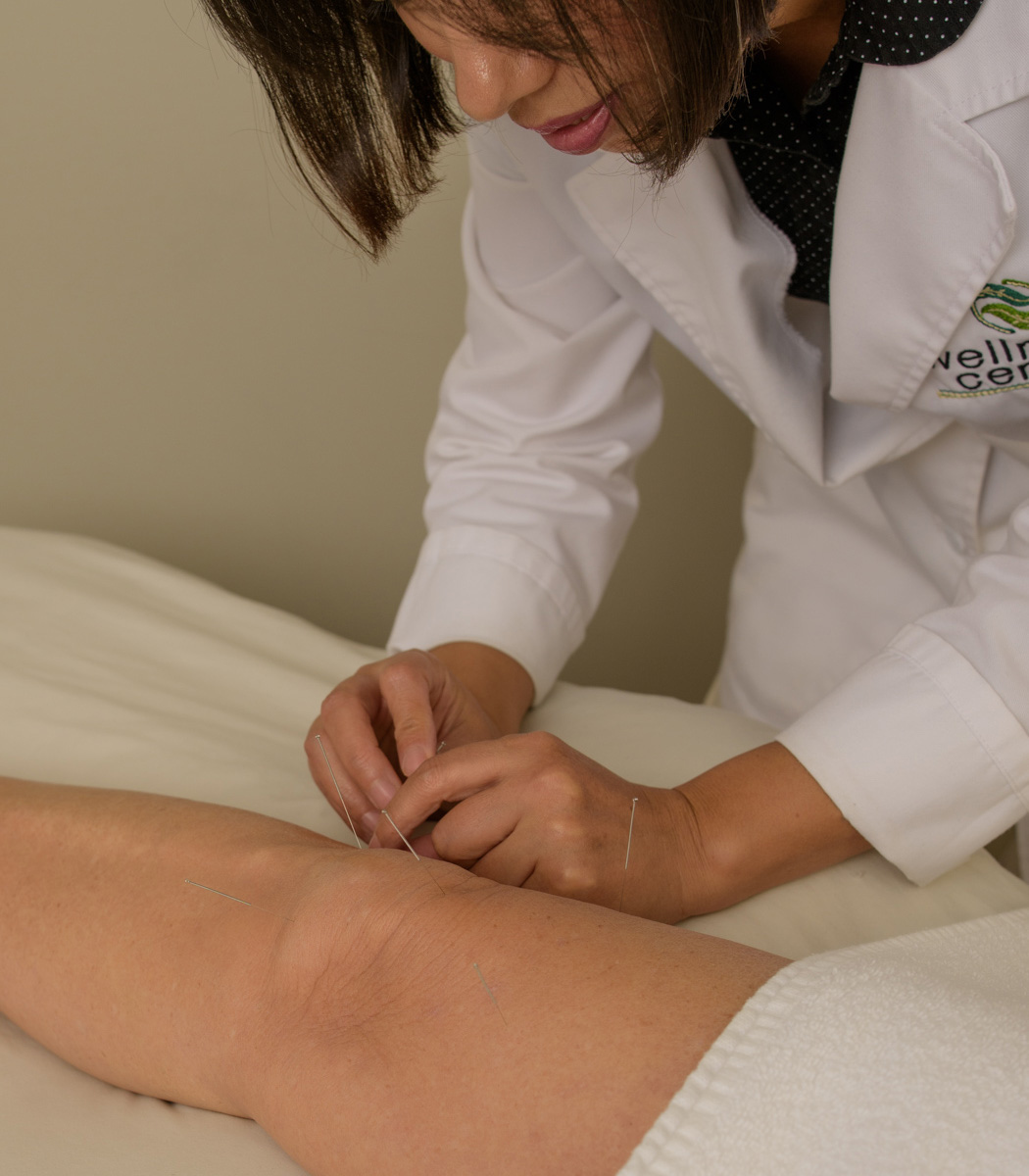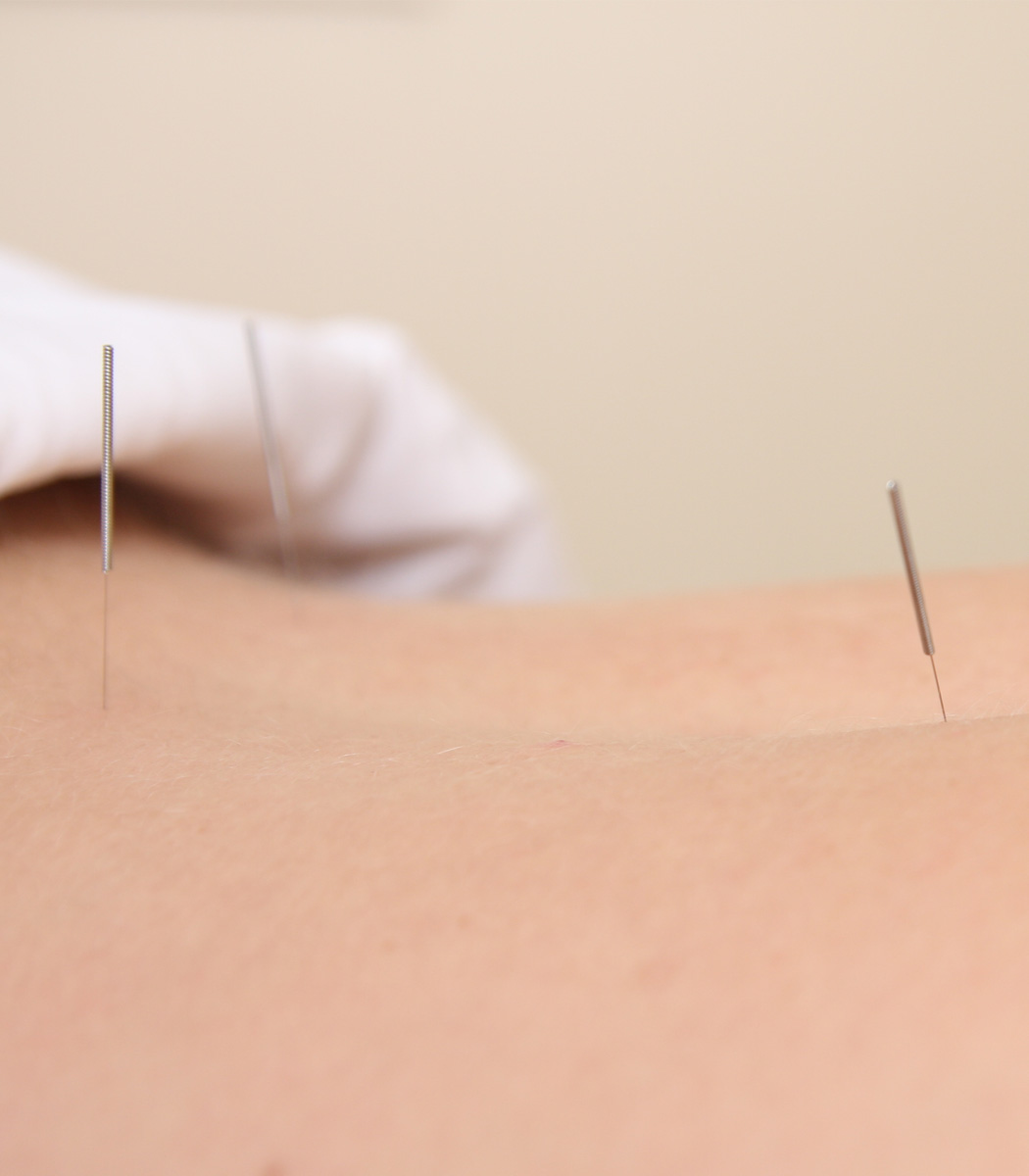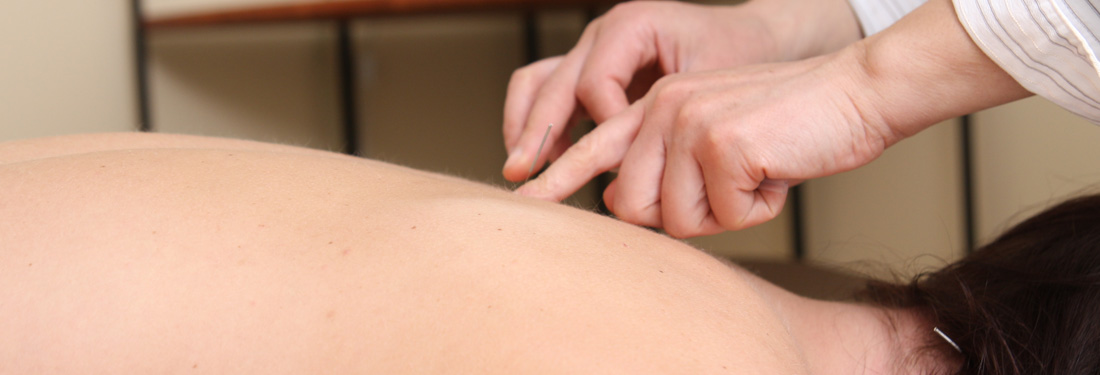How deep do the needles go?
The depth of needle insertion depends on the area as well as the size, age, and condition of the patient. Typically, needles are inserted at depths ranging from 1/8 – ½ inches.
Are there other kinds of therapies that an Acupuncturist might use?
Cupping, Gua Sha, Moxabustion, and Tui Na are other modalities commonly used during an acupuncture treatment.
Cupping, which stimulates the flow of Qi and blood in the superficial layers of muscle, is used for such conditions as sore muscles, muscle tension, neck pain, the common cold, and many internal disorders. Small glass or plastic cups are applied to specific areas of the body, and then a vacuum is created using heat or suction. A slight redness on the skin may appear but will dissipate in a few days.
Addressing many of the same conditions as cupping—Gua Sha—uses a smooth tool to rub over the skin, often on the back, creating the reddish purple marks known as petechia.¬† These marks will dissipate in a few days.
Moxabustion uses an herb called mugwort, which is burned on the handle of the needle above the skin, or over salt or a slice of ginger.  This warming effect speeds up the treatment of certain conditions.
Tui Na is Chinese, meaning “push grasp.”¬† Comparable to massage therapy, this treatment incorporates acupuncture points, meridians, and Chinese theory.
Acupressure though similar to acupuncture applies pressure with fingers or blunt objects (not needles) to acupuncture points.






